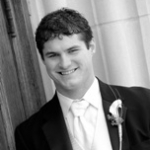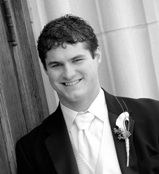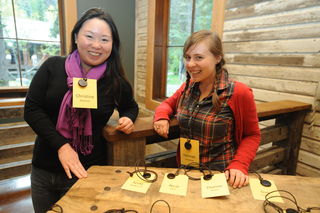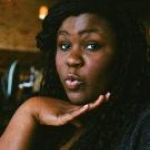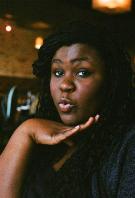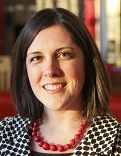
Raynel Frazier
Don't Just Sit There, Get Involved (an EALS Post)
Posted by Mar 29, 2013

Raynel Frazier
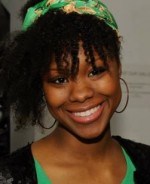 Raynel Frazier
Raynel Frazier
We all love to go to our favorite theatre and watch a production, sit and listen to our favorite orchestra, or visit our favorite museum.
Traditionally, a person interacted with arts organizations by sitting in the audience of a theater and viewing a performance; but is that enough? I say no way! Like me, many audience members want to get involved and interact with arts organizations in a new way.
Today we live in a world with Twitter, Facebook, Instagram, YouTube, and other social media platforms. These platforms give us a space to share our views and interact with people from around the world.
As a person in my early twenties, interaction and participation is crucial. Arts organizations are beginning to realize the importance of audience engagement and are finding new and innovative ways to engage their audiences.
Audience engagement includes a range of activities from open rehearsals and online forums to interactive shows. Here in Washington, DC, Dog & Pony DC produced a production of The Killing Game that whole-heartedly embraced the idea of audience engagement.
Read More

 Shannon Musgrave
Shannon Musgrave


